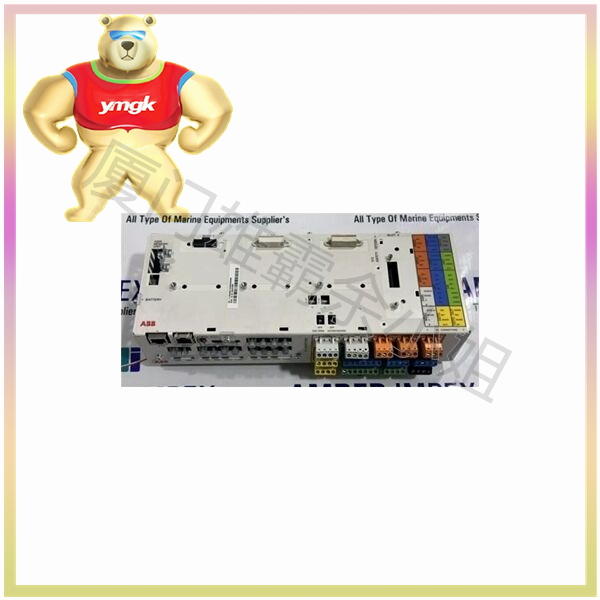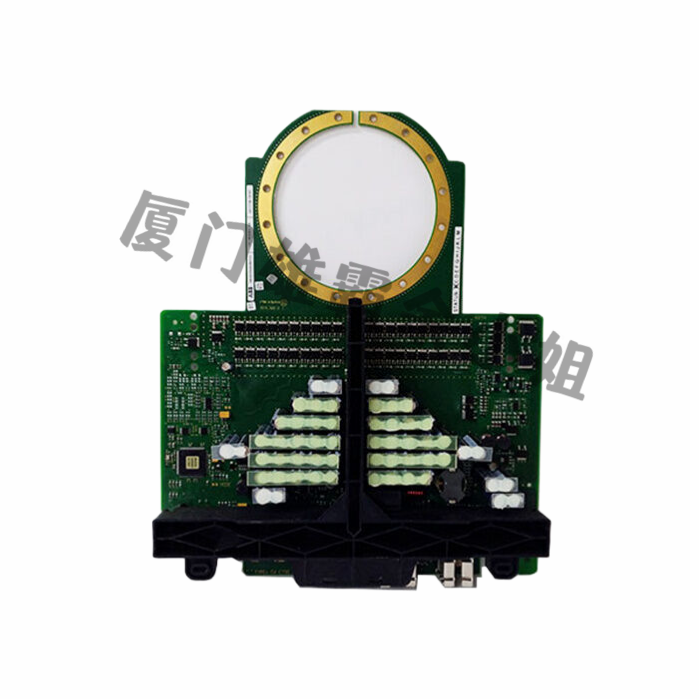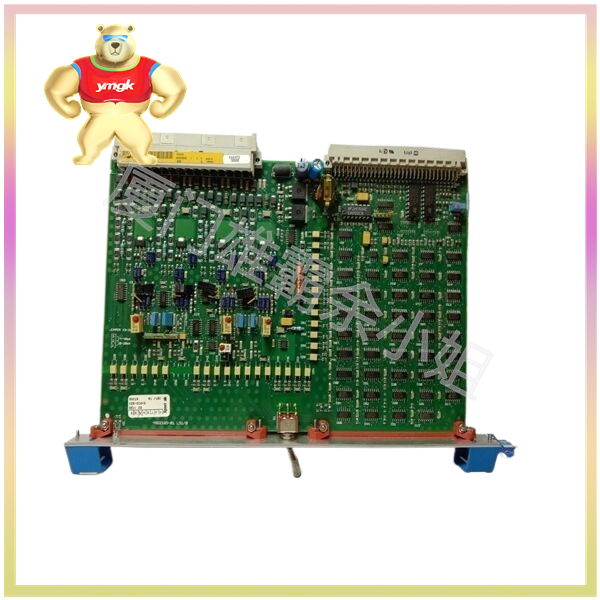A gate driver is a circuit whose main function is to enhance the gate signal of field-effect transistors (MOSFETs) or insulated gate bipolar transistors (IGBTs) so that the controller can better control the operation of these semiconductor switches. The gate driver drives the gate of MOSFET or IGBT by converting the low voltage and low current signals output by the controller into high voltage and high current pulse signals, thereby improving the performance, reliability, and service life of these devices.

The working principle of a gate driver can be summarized as follows:
Signal input: The gate driver first receives low voltage and low current signals from the controller.
Signal amplification and conversion: Next, the amplifier inside the gate driver will amplify this signal and convert it into a high voltage, high current pulse signal suitable for MOSFET or IGBT gate drive through a series of conversion circuits.
Signal output: Ultimately, this converted signal is applied to the gate of MOSFET or IGBT to control its conduction and cutoff states.
A gate driver typically consists of multiple parts, including an input stage, a driver stage, and an output stage. The input stage is responsible for receiving and processing signals from the controller, the driver stage is responsible for signal amplification and conversion, and the output stage is responsible for outputting the converted signal to the gate of MOSFET or IGBT.






